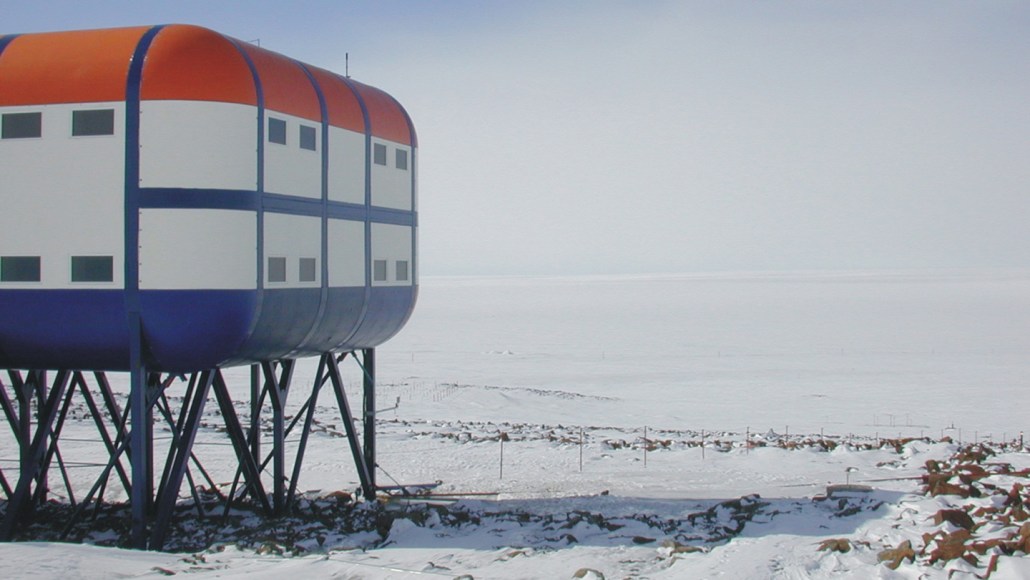If another country tested nuclear weapons, here’s how we’d know
Trump claims other countries are testing weapons. Scientists’ data don’t back that up

Hundreds of sites worldwide monitor for signs of nuclear tests, as part of the International Monitoring System, including this seismic monitoring station in Antarctica.